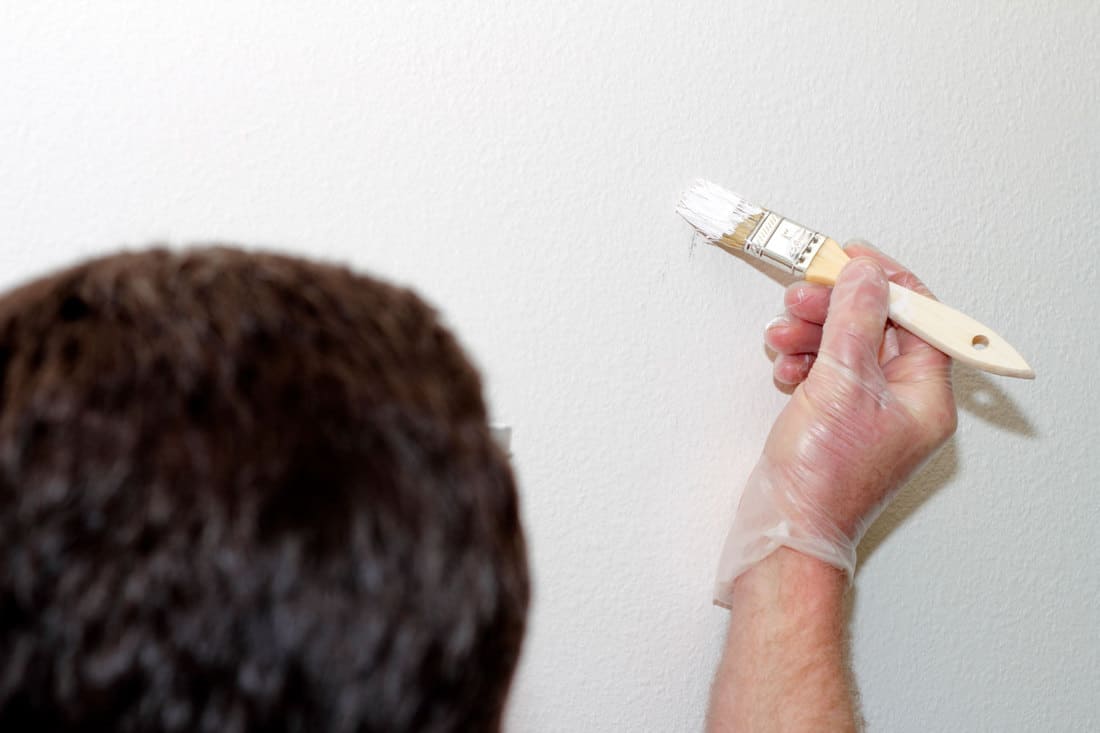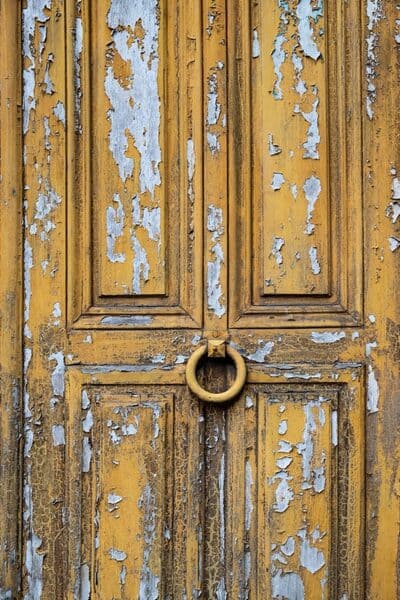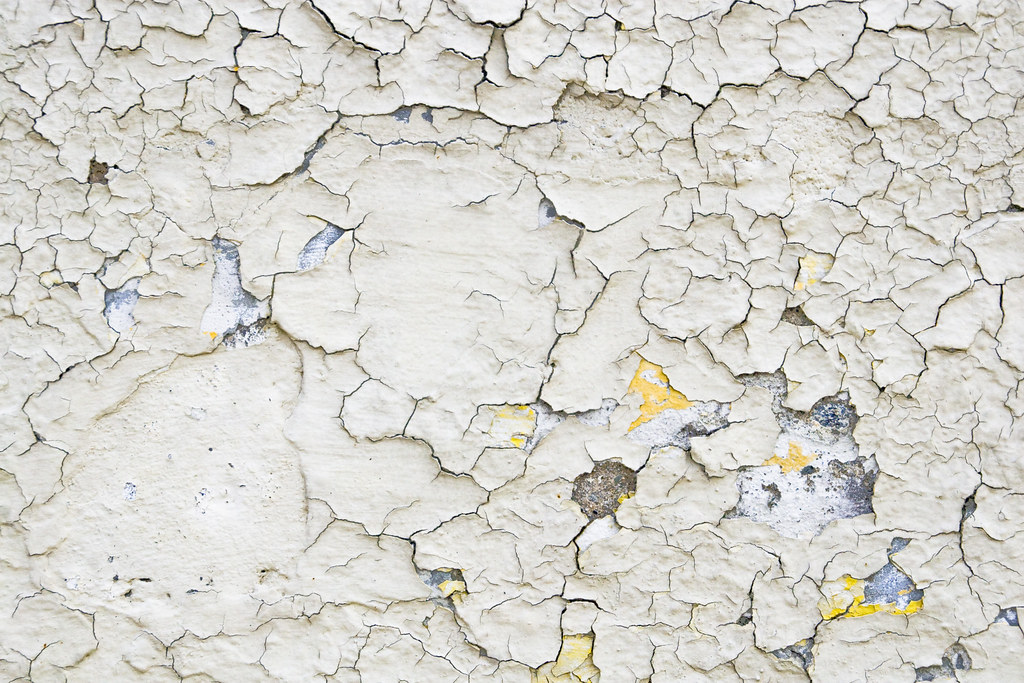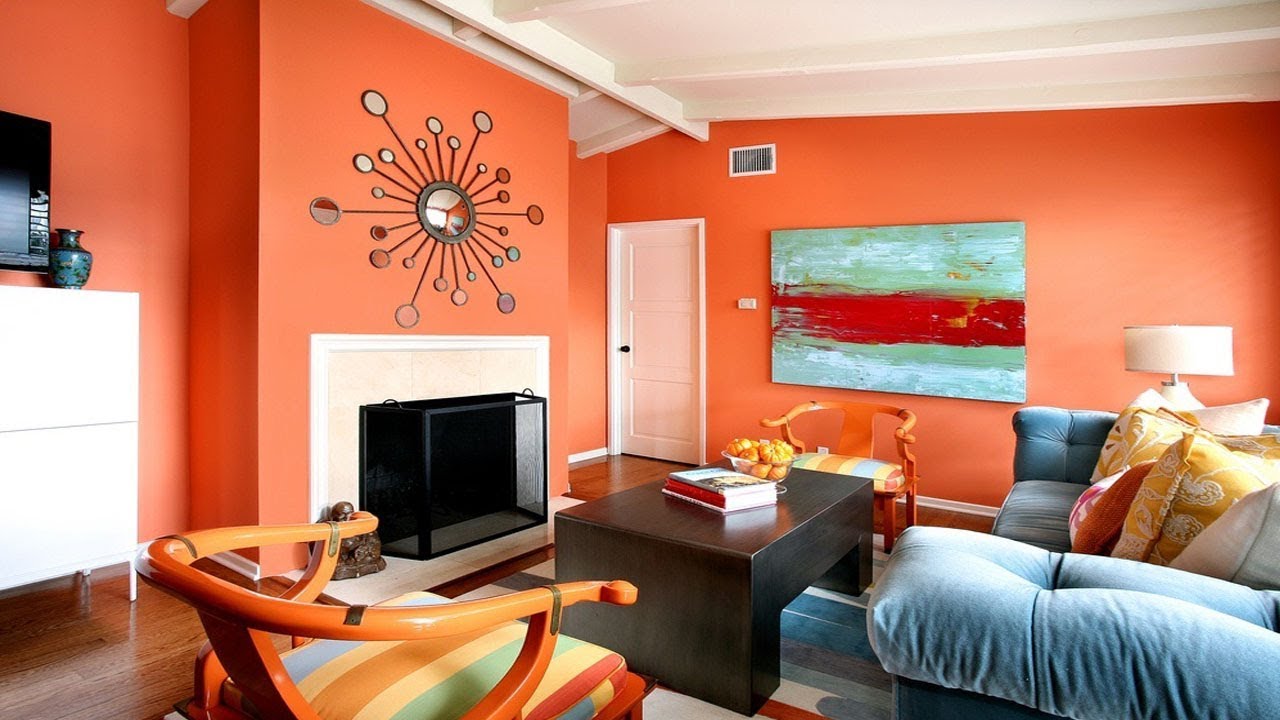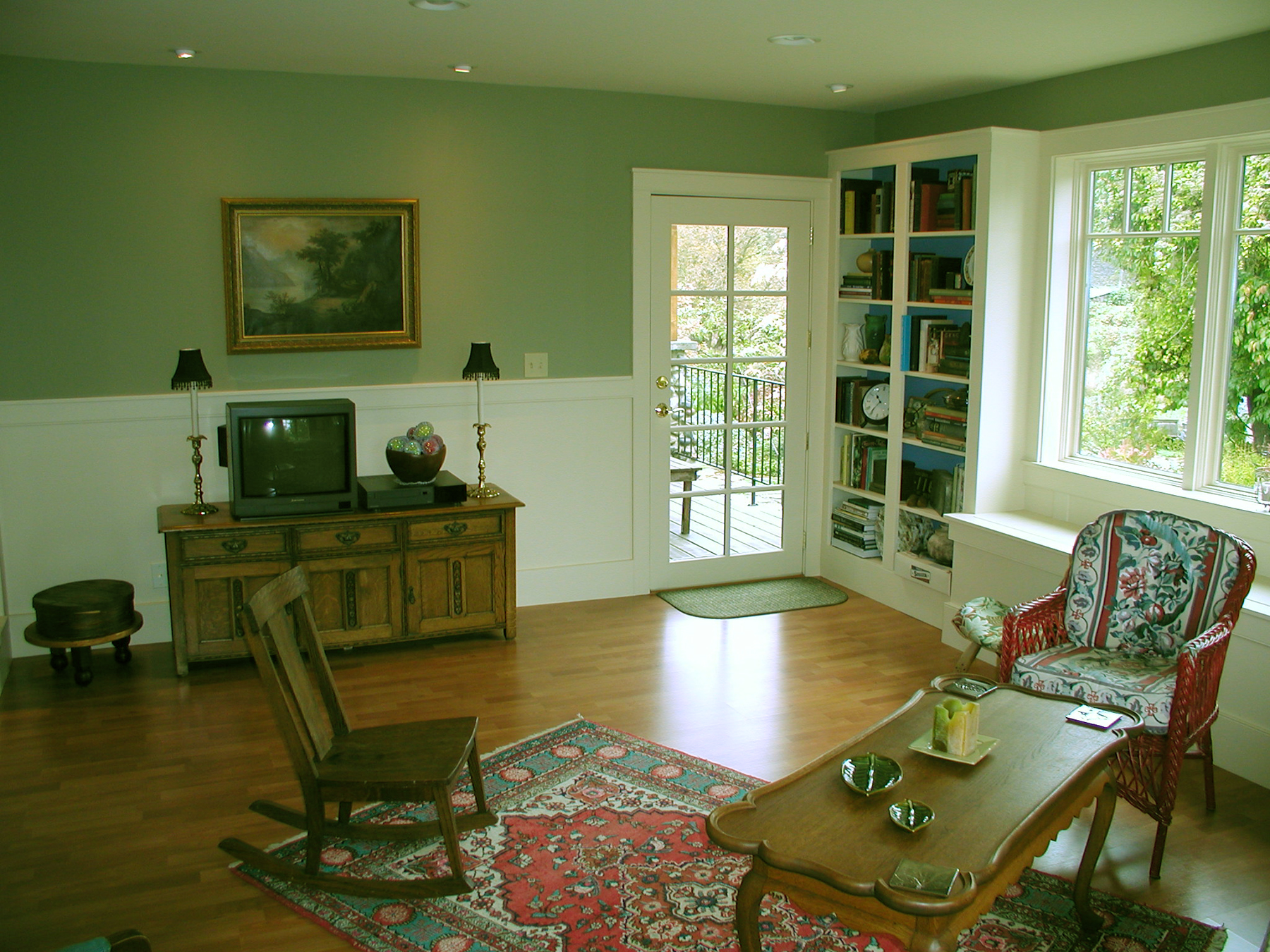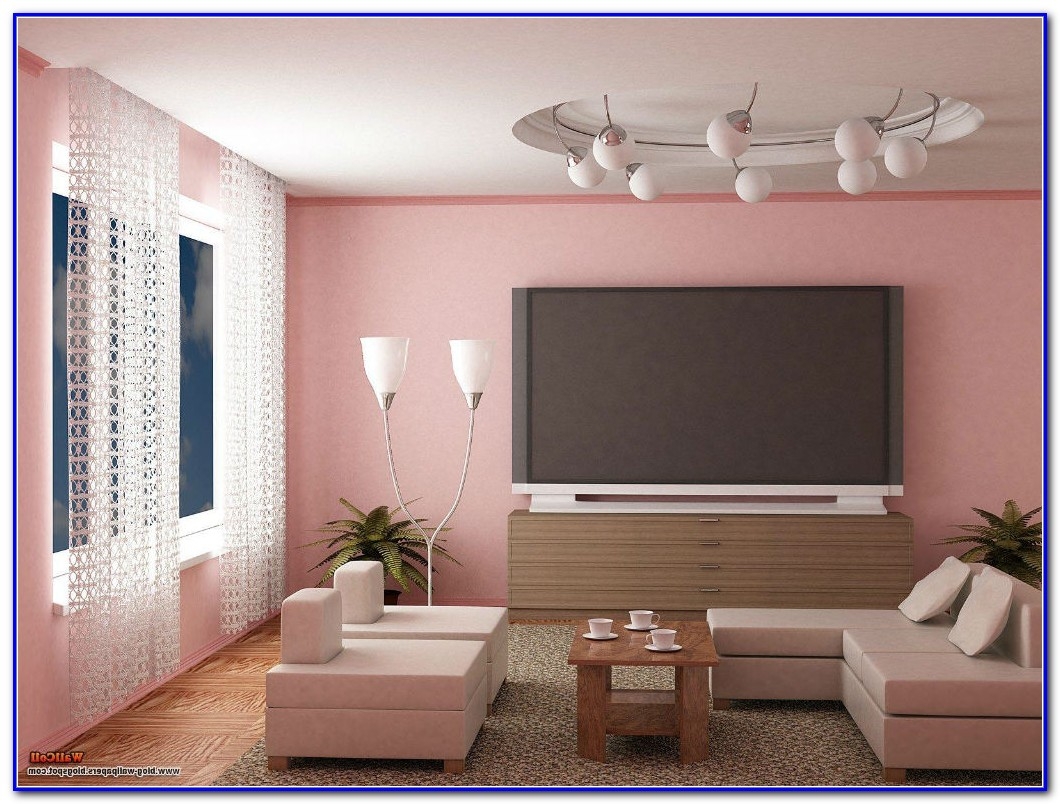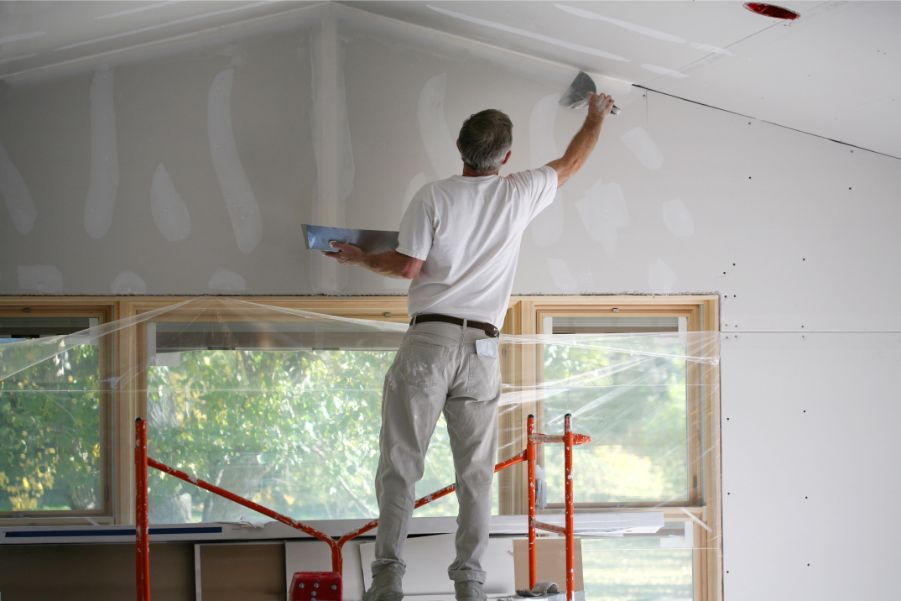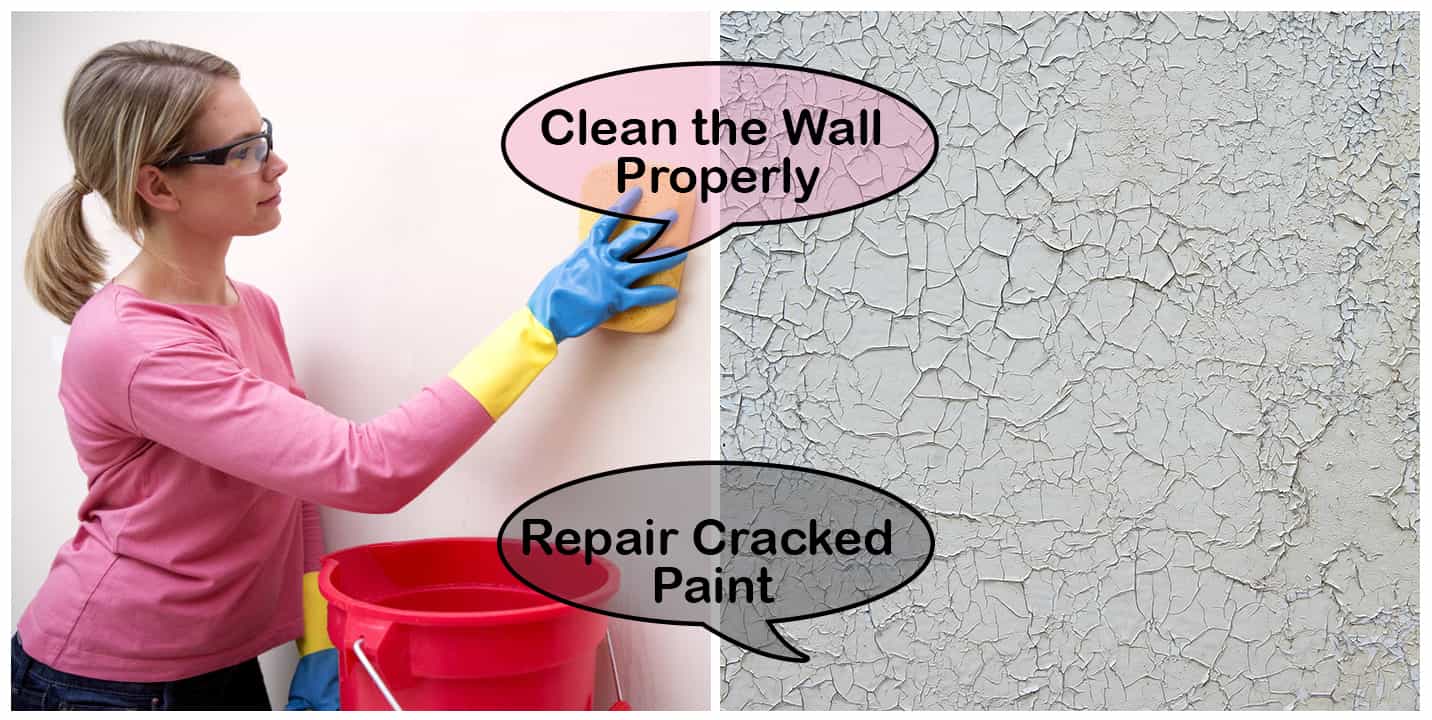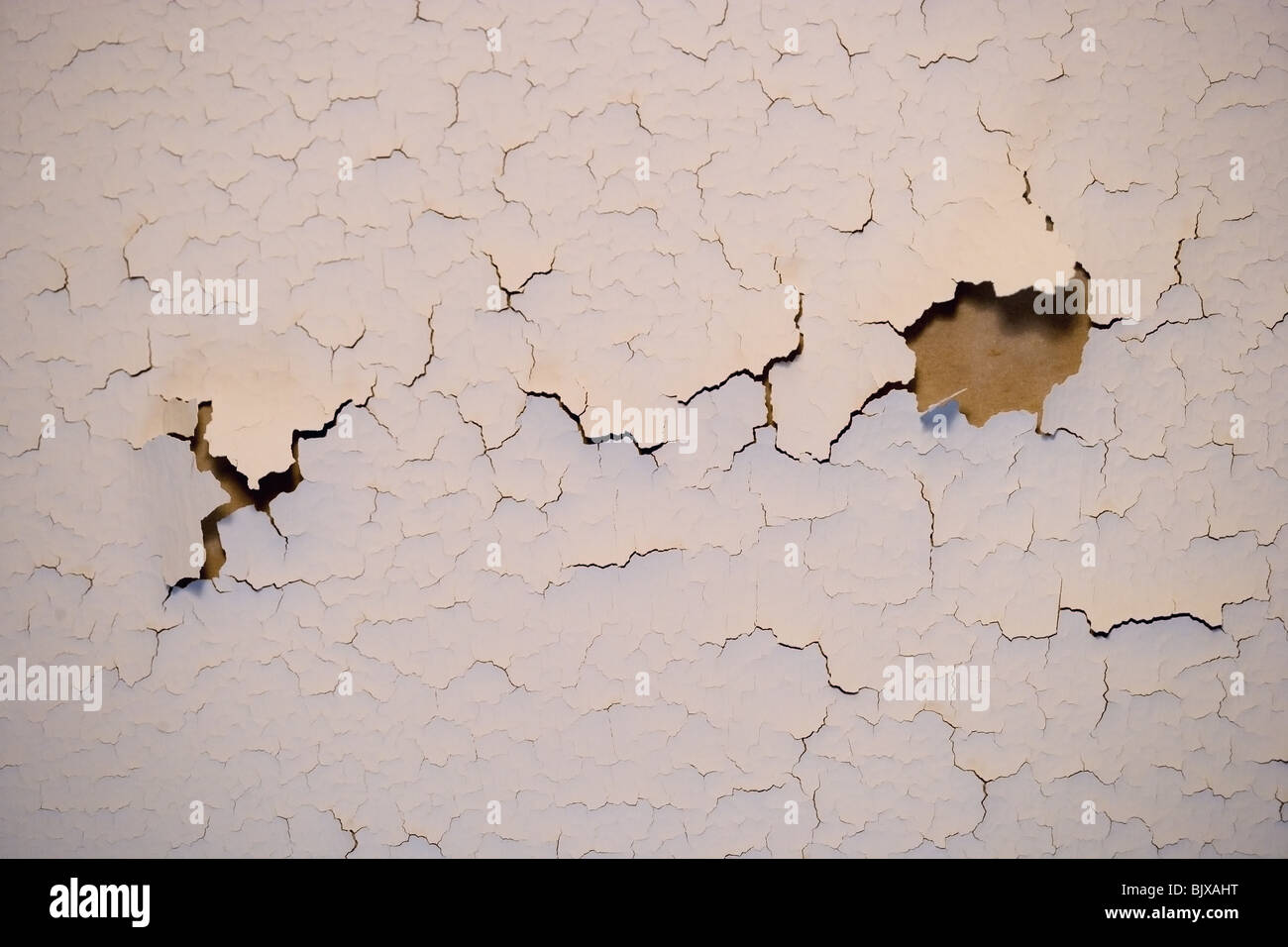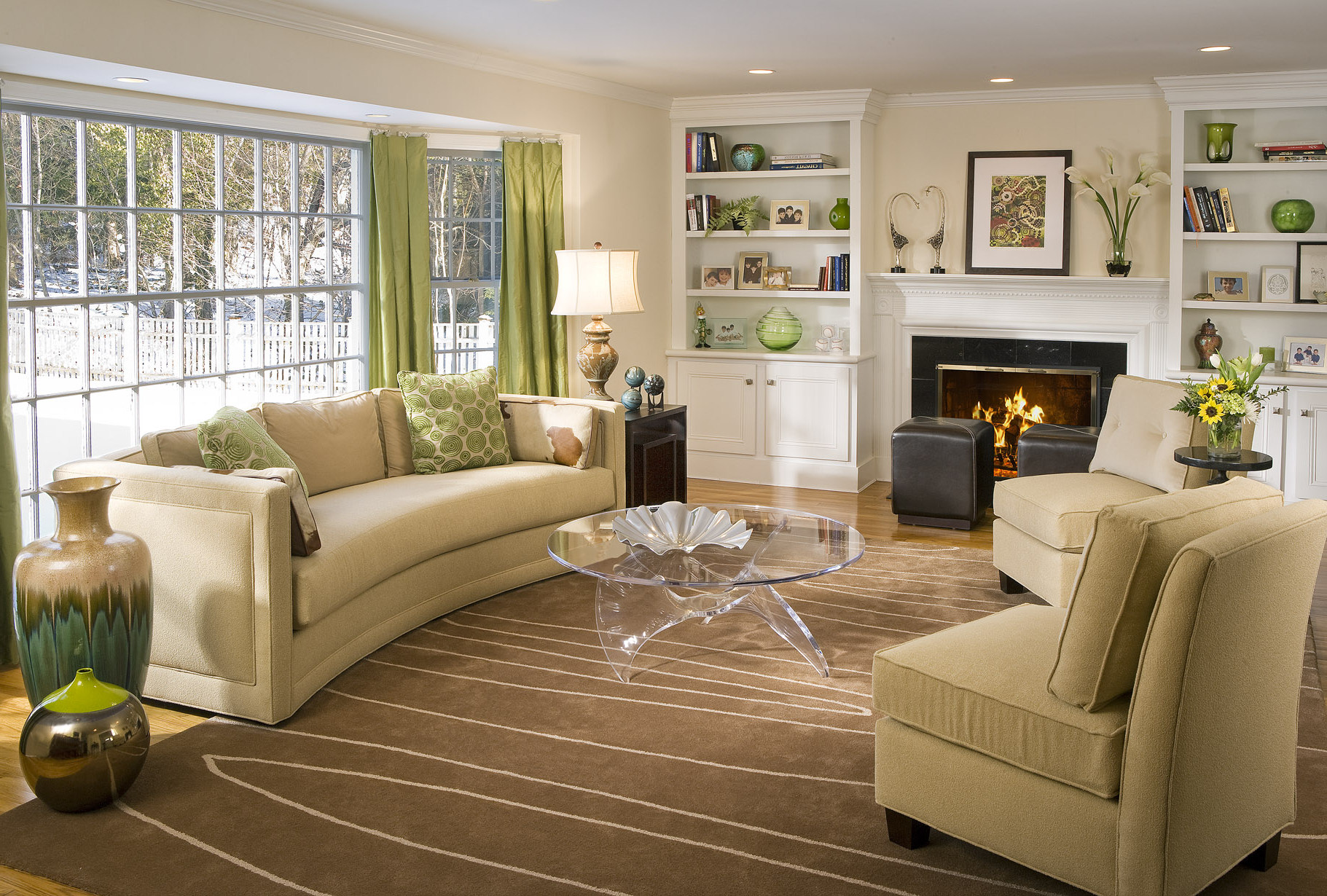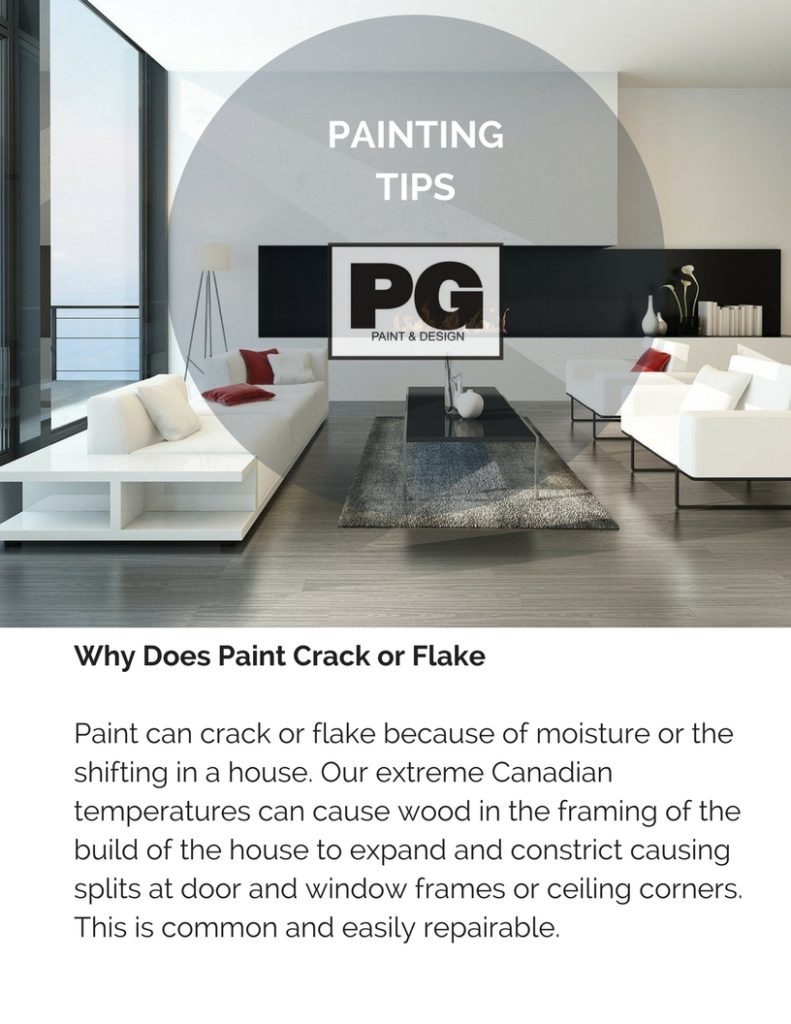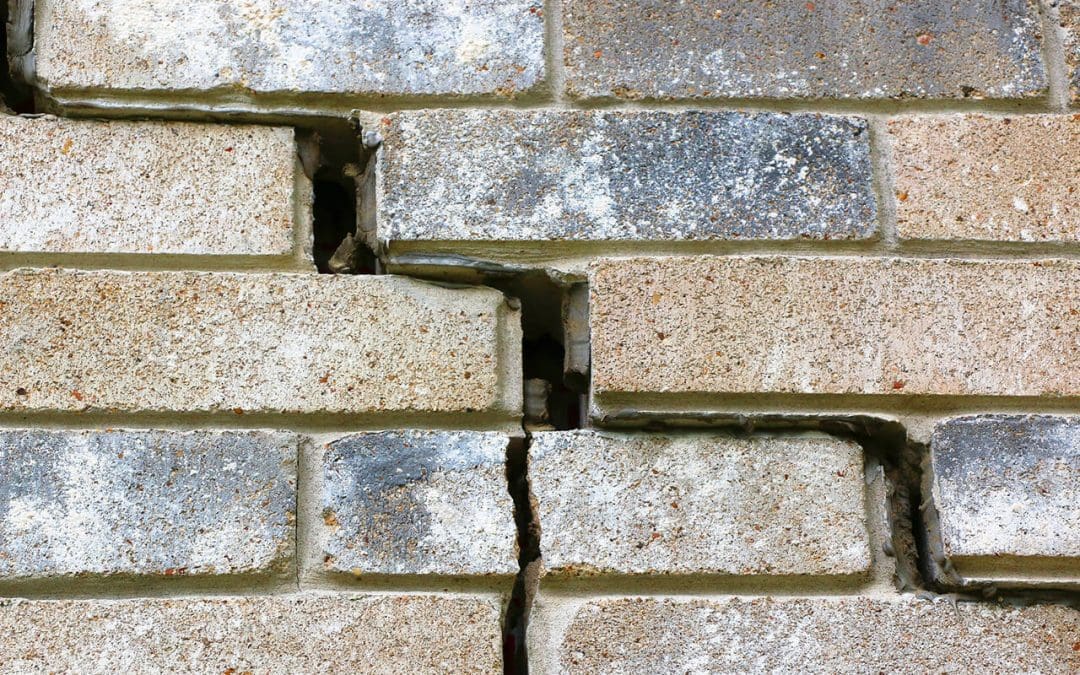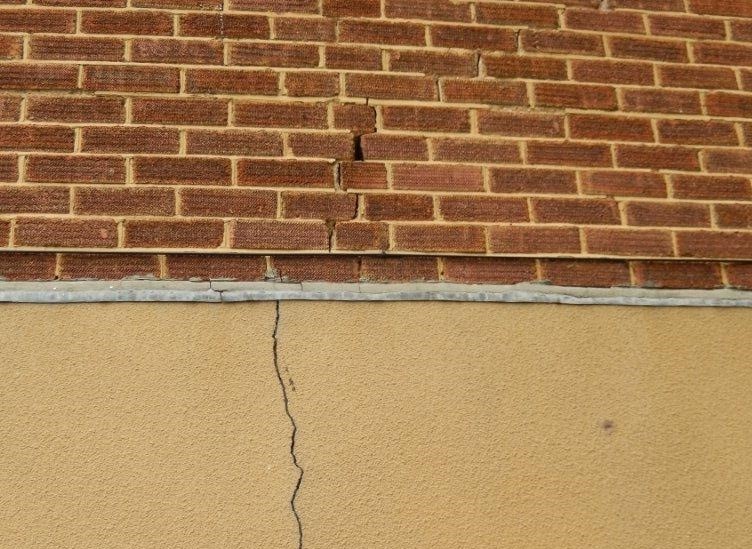How to Fix Cracking Paint in Your Living Room
If you've noticed cracking paint in your living room, you're not alone. This is a common issue that many homeowners face, and it can be frustrating to deal with. But don't worry, with the right knowledge and tools, you can fix it yourself and have your living room looking good as new. Here's a step-by-step guide on how to fix cracking paint in your living room.
5 Common Causes of Cracking Paint in Living Rooms
Before we dive into the solutions, let's first understand why cracking paint occurs in living rooms. Here are the five most common causes:
1. Poor surface preparation: If the surface was not properly prepared before painting, it can lead to cracking paint. This includes not cleaning or priming the surface, or using the wrong type of paint for the surface.
2. Moisture and humidity: Living rooms are often prone to moisture and humidity, which can seep into the walls and cause the paint to crack.
3. Age and wear: As your living room ages and experiences wear and tear, the paint can start to crack and peel.
4. Low-quality paint: Using low-quality paint can also lead to cracking, as it may not have the proper adhesion or flexibility to withstand the movement of the walls.
5. Structural issues: In some cases, cracking paint can be a sign of underlying structural issues, such as a shifting foundation or water damage.
DIY Solutions for Cracking Paint in Your Living Room
If the cracking paint in your living room is caused by surface preparation or age and wear, you can easily fix it yourself with these steps:
1. Scrape and sand: Use a scraper and sandpaper to remove any loose or cracked paint from the walls. Make sure to wear a mask to protect yourself from dust.
2. Clean and prime: Once the walls are smooth and free of any loose paint, clean them with a damp cloth and let them dry completely before priming. Use a high-quality primer to ensure proper adhesion and prevent future cracking.
3. Patch and paint: If there are any holes or imperfections on the walls, use spackling compound to fill them in. Once the compound is dry, sand it down and then paint the walls with a high-quality paint that is suitable for your living room's surface.
Best Paints for Preventing Cracks in Living Rooms
To avoid future cracking, it's important to use the right type of paint for your living room. Here are some recommended options:
1. Acrylic latex paint: This type of paint is known for its durability and flexibility, making it a great choice for living rooms prone to cracking.
2. 100% acrylic paint: Similar to acrylic latex, this type of paint has superior adhesion and flexibility, making it a top choice for preventing cracks.
3. Eggshell or satin finish: These types of finishes are less likely to crack compared to flat or matte finishes, as they have some sheen and are more durable.
Professional Tips for Repairing Cracking Paint in Living Rooms
If the cracking paint in your living room is caused by moisture, humidity, or structural issues, it's best to seek professional help. Here are some tips from the experts:
1. Identify the source of moisture: A professional can help identify where the moisture is coming from and provide a solution to prevent it from damaging your walls and paint.
2. Fix any structural issues: If the cracking paint is caused by structural problems, such as a shifting foundation, it's important to address these issues before repainting.
3. Use elastomeric paint: Elastomeric paint is a highly flexible and waterproof paint that is great for areas prone to cracking due to moisture.
Preventing Cracking Paint in Your Living Room: Maintenance Tips
Once you've fixed the cracking paint in your living room, it's important to take proper maintenance measures to prevent it from happening again. Here are some tips:
1. Keep humidity levels in check: Use a dehumidifier or air conditioner to control the humidity levels in your living room.
2. Fix any leaks: If there are any leaks in your living room, such as from a window or pipe, make sure to fix them as soon as possible to prevent moisture from seeping into the walls.
3. Regularly clean and inspect: Regularly clean your living room walls and inspect them for any signs of cracking or damage. This will help you catch any issues early on and prevent them from getting worse.
Understanding the Science Behind Cracking Paint in Living Rooms
To fully understand why cracking paint occurs in living rooms, it's important to know the science behind it. When paint is applied to a surface, it forms a film that expands and contracts with temperature and moisture changes. If the film is not able to move freely, it can cause cracks to form.
This is why it's important to use high-quality paint that has the proper adhesion and flexibility to withstand these changes in your living room.
How to Choose the Right Paint for Your Living Room to Avoid Cracks
Choosing the right paint for your living room can prevent cracking and save you from the hassle of having to constantly repair it. Here are some tips to help you choose the right paint:
1. Consider the surface: Different surfaces, such as drywall, wood, or brick, may require different types of paint. Make sure to choose a paint that is suitable for your living room's surface.
2. Look for flexibility and adhesion: As mentioned earlier, acrylic or 100% acrylic paints are known for their flexibility and adhesion, making them a good choice for preventing cracks.
3. Check the sheen: As a general rule, paints with higher sheen, such as satin or semi-gloss, are more durable and less likely to crack compared to flat or matte finishes.
Using Primer to Prevent Cracking Paint in Your Living Room
Primer is an essential step in preventing cracking paint. It helps create a smooth and strong base for the paint to adhere to, and also provides added flexibility to the paint film. Make sure to use a high-quality primer that is suitable for your living room's surface.
Signs of Structural Issues Causing Cracking Paint in Your Living Room
In some cases, the cracking paint in your living room may be a sign of underlying structural issues. Here are some signs to look out for:
1. Cracks in the walls: If you notice cracks in the walls, especially near doors or windows, it could be a sign of a shifting foundation.
2. Uneven floors: A shifting foundation can also cause the floors to become uneven.
3. Doors and windows not closing properly: If your doors and windows are not closing properly, it could be a sign of a structural issue causing the walls to shift.
4. Water stains or mold: Water stains or mold on the walls can be a sign of water damage, which can cause the paint to crack.
In conclusion, fixing and preventing cracking paint in your living room requires proper surface preparation, using the right type of paint, and addressing any underlying issues that may be causing it. With the right knowledge and maintenance, you can have a beautiful and durable living room that is free of cracking paint.
The Impact of Cracking Paint on Your Living Room Design

Why Cracking Paint is a Common Issue
 If you've noticed
cracking paint
in your living room, you're not alone. This is a common issue that many homeowners face, especially in older homes.
Cracking paint
occurs when the paint on your walls starts to form small cracks, often due to changes in temperature and humidity. These cracks can be unsightly and can also lead to more serious issues if left untreated.
If you've noticed
cracking paint
in your living room, you're not alone. This is a common issue that many homeowners face, especially in older homes.
Cracking paint
occurs when the paint on your walls starts to form small cracks, often due to changes in temperature and humidity. These cracks can be unsightly and can also lead to more serious issues if left untreated.
The Aesthetic Concerns of Cracking Paint
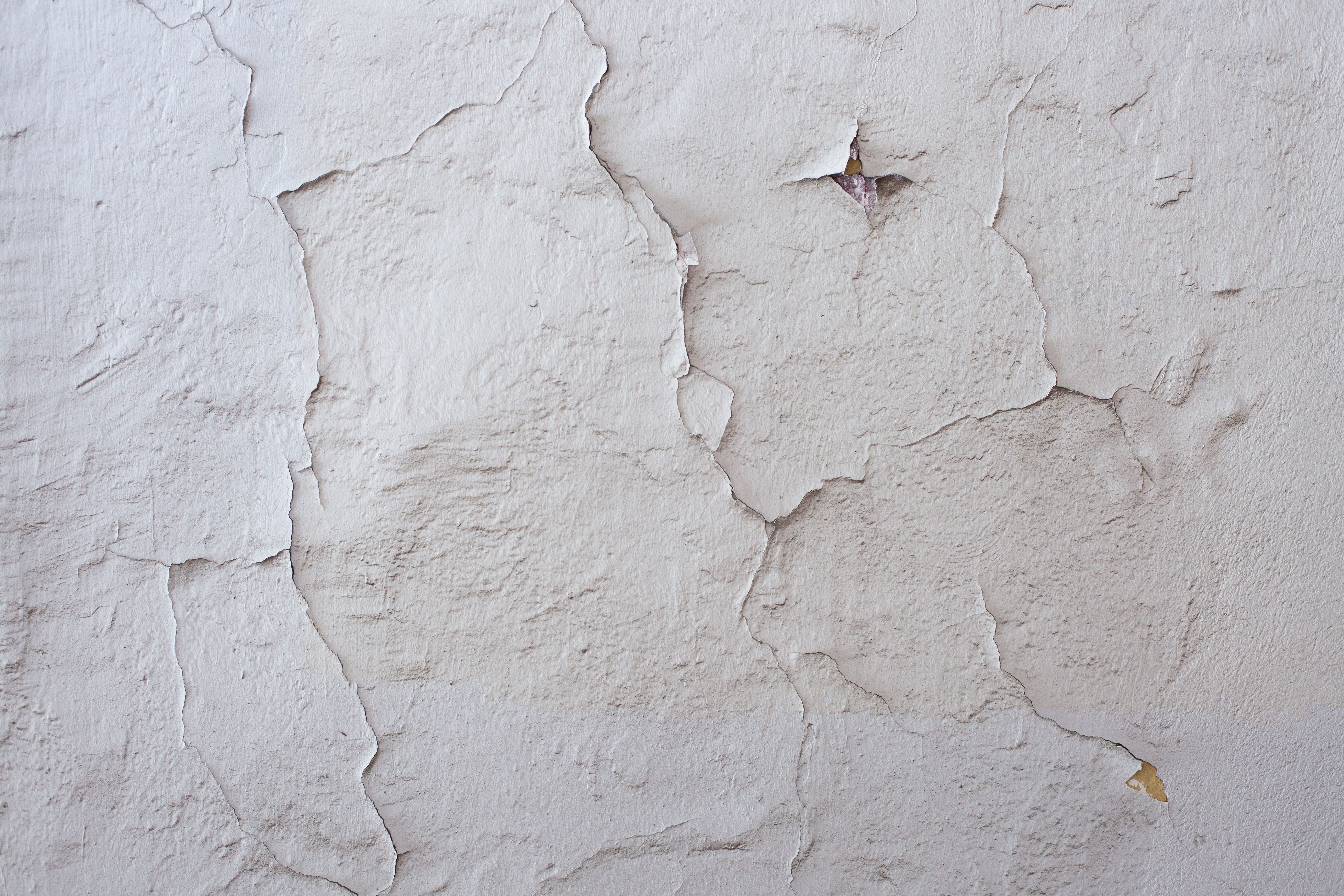 One of the main concerns with
cracking paint
in your living room is the impact it can have on the overall aesthetic of your space. These cracks can make your walls look old and worn, giving your living room a dated and neglected appearance. This can be especially concerning if you are trying to sell your home or create a welcoming and attractive space for guests.
One of the main concerns with
cracking paint
in your living room is the impact it can have on the overall aesthetic of your space. These cracks can make your walls look old and worn, giving your living room a dated and neglected appearance. This can be especially concerning if you are trying to sell your home or create a welcoming and attractive space for guests.
The Importance of Addressing Cracking Paint
 Aside from the visual concerns,
cracking paint
can also have more serious consequences for your living room design. These cracks can allow moisture to seep into your walls, which can lead to mold growth or damage to your drywall. In addition, the cracks can also become larger and more noticeable over time, creating a bigger and more costly issue to fix.
Aside from the visual concerns,
cracking paint
can also have more serious consequences for your living room design. These cracks can allow moisture to seep into your walls, which can lead to mold growth or damage to your drywall. In addition, the cracks can also become larger and more noticeable over time, creating a bigger and more costly issue to fix.
How to Fix Cracking Paint
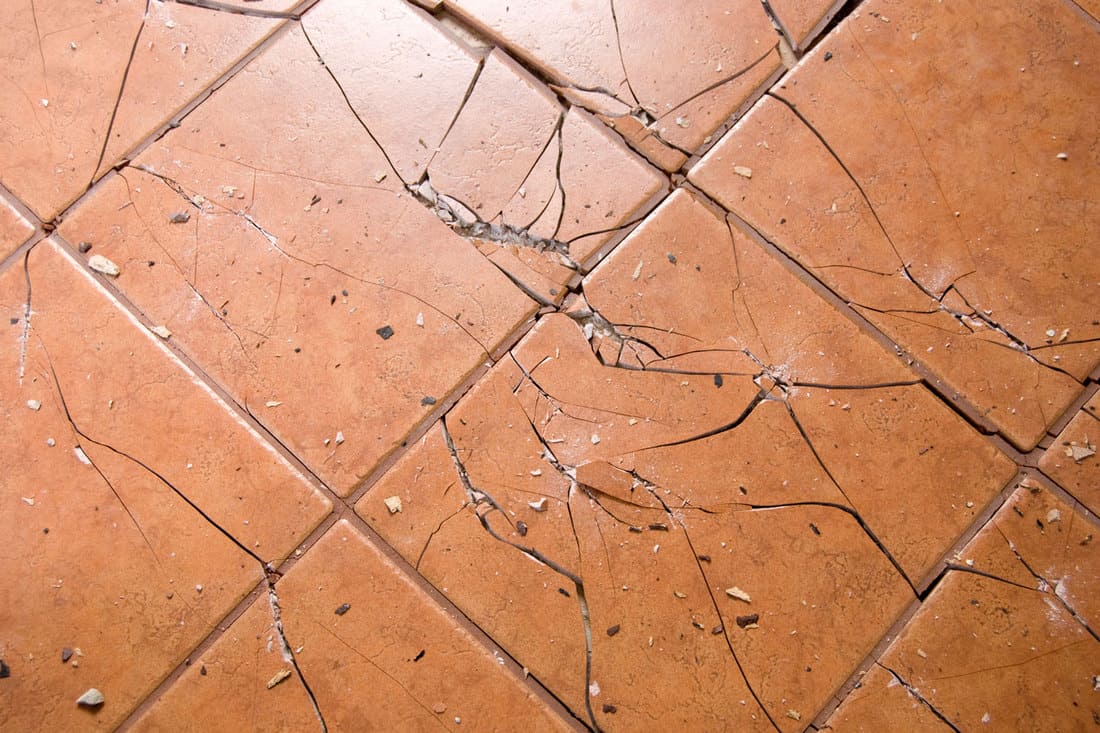 Thankfully, there are steps you can take to address
cracking paint
in your living room. The first step is to identify the cause of the cracking, which could be anything from poor quality paint to structural issues. Once the cause is identified, it's important to properly prepare the walls and use high-quality paint to prevent future cracking. If the issue is more serious, you may need to consult a professional for repairs.
Cracking paint
may seem like a minor issue, but it can have a big impact on the design of your living room. By addressing it promptly and properly, you can ensure that your space remains visually appealing and free from any potential damage. Don't let
cracking paint
ruin the look and feel of your living room, take action and restore your walls to their former glory.
Thankfully, there are steps you can take to address
cracking paint
in your living room. The first step is to identify the cause of the cracking, which could be anything from poor quality paint to structural issues. Once the cause is identified, it's important to properly prepare the walls and use high-quality paint to prevent future cracking. If the issue is more serious, you may need to consult a professional for repairs.
Cracking paint
may seem like a minor issue, but it can have a big impact on the design of your living room. By addressing it promptly and properly, you can ensure that your space remains visually appealing and free from any potential damage. Don't let
cracking paint
ruin the look and feel of your living room, take action and restore your walls to their former glory.











